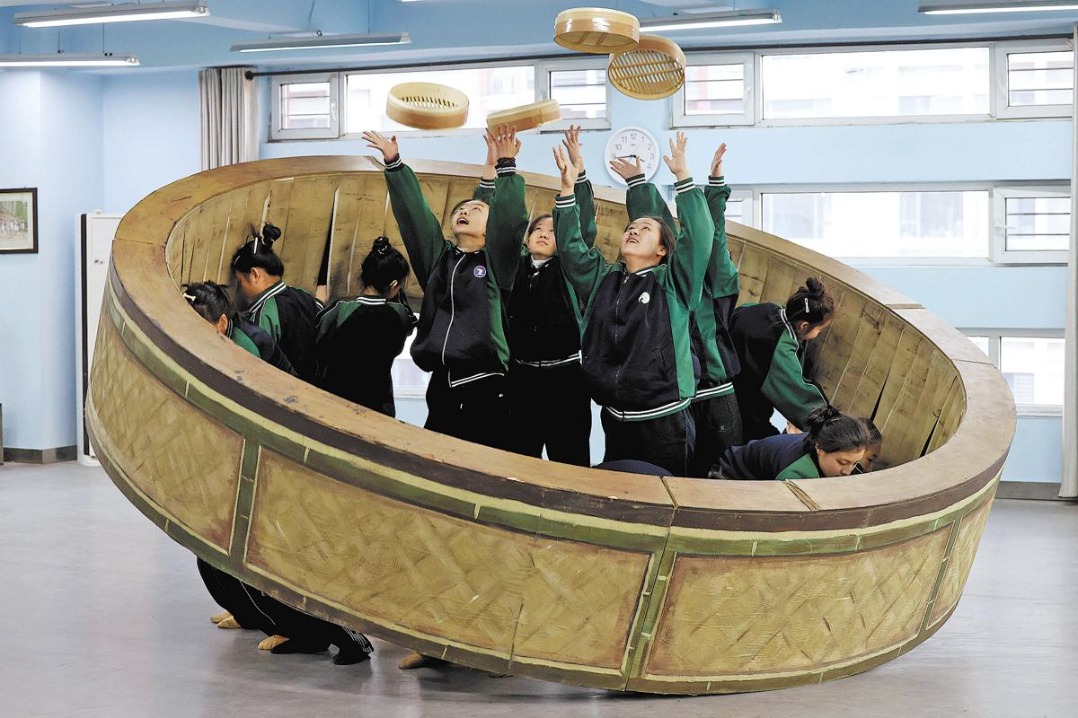Oysters help clear the waters in Hong Kong


Risk avoidance
TNC recycles oyster shells through voluntary work, the catering industry and oyster farmers.
The recycled shells are taken to a site in Ha Pak Nai village, Yuen Long, where they undergo natural weathering to get rid of organic materials — avoiding the risk of spreading disease or parasites in the sea.
The cleaned shells are placed in the sea in batches to act as surfaces for young oysters to grow on.
Recycling the shells is the basis for subsequent work. As many shells are left on the beach, TNC launched a volunteer campaign in late 2019, calling for residents to collect these shells.
Once or twice a month, 20 to 40 volunteers led by Law visited Lau Fau Shan, Hong Kong's best-known oyster-raising site, or Pak Nai, a wetland area renowned for its rich biodiversity, to gather reefs and abandoned shells.
Many residents volunteered for this work, including Jonathan Chan Pok-chi, who did so on a friend's recommendation.
Chan, who heads a local nongovernmental fishing organization, led some 20 members on a visit to Lau Fau Shan on July 23. This day, the hottest of the year according to the Chinese lunar calendar, is known as dashu, which translates as "major heat".
The volunteers removed Spartina alterniflora, an invasive cordgrass that turns wet mudflats into dry land along the beach. They gathered discarded oyster shells, selecting those to use. They also got rid of mud on the abandoned natural reefs.
At 11 am, wearing rubber boots, Chan stepped into the wetlands under a scorching sun. He was unable to move, as when he stood upright, his knees were submerged in mud, and he was sinking into the mire.
The volunteers then decided to stand at arm's length from each other, forming a line to pass along the shells and reefs one by one, with the person at the end of the line placing them into bags.
Drenched in sweat, they ended their work at 5 pm. Chan, freed from the mud, drank three liters of water throughout the day, with his clothes covered in dirt. "But it was worth it," he said.
When passing the reefs, he saw small crabs burrowing — immediately realizing the significance of this activity.
He said: "A single spark can start a prairie fire, and small actions by each person, when combined, will generate great power. Lau Fau Shan is near Shenzhen Bay, and if its environment is protected, it will benefit economic development and environmental conservation throughout Shenzhen."
By the end of July, more than 7,600 people had taken part in activities related to the restoration project. They gave talks to audiences, held events to promote oyster reefs, or joined work to recycle shells from the beach, according to Law.
























